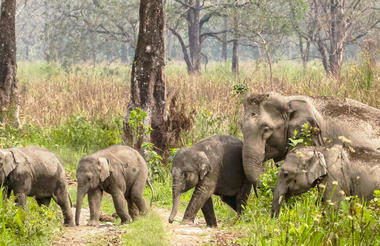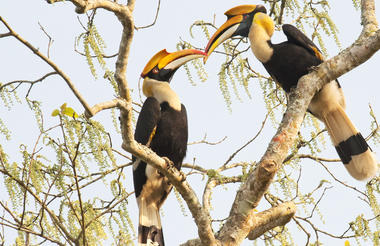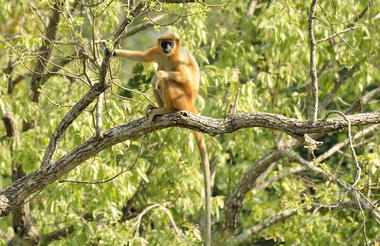Vast, diverse, deeply spiritual and utterly unforgettable, India is unlike anywhere else on earth – a melting pot of ethnicities and religions, a treasure trove of history and culture, and a curious mixture of chaos and serenity. Stretching across more than three million square kilometres, it encompasses a staggering array of landscapes, vistas and environs, and offers unparalleled travel experiences – from the beautiful beaches of Goa, to the compelling craziness of Kolkata, the sacred Ganges river banks of Varanasi, the snow-capped peaks of the Himalayas in Kashmir and the ancient, exquisitely crafted temples dotted across the entire country. Not to mention the vibrant, friendly people, and the incredible cuisine.
Located along the eastern bank of the Hooghly River in the lower Ganges Delta, Kolkata is the capital of the Indian state of West Bengal. This 350-year-old metropolis is the heart and soul of eastern India, and is known for its crumbling colonial architecture, elegant gardens, countless temples and bustling bazaars. Celebrated as the birthplace of the early 20th-century Bengal Renaissance, Kolkata is a major centre for drama, art, film, theatre, literature, spirituality and music. Visitors can roam the streets and soak up the atmosphere of faded grandeur, or take a ride in a rickshaw to one of the many Indian restaurants serving mouth-watering Bengali cuisine. Must-see highlights include the Victoria Memorial, with its east-meets-west architecture; the Indian Museum, with its range of rare artefacts; and the Kali Temple, an important pilgrimage centre for Hindus.



Set within the heart of Assam state in India, Kaziranga National Park is one of the last areas in eastern India undisturbed by human presence and inhibited by the world's largest population of the renowned one-horned Rhinoceros. This world heritage site, bordering the southern banks of the Brahmaputra River, boasts many protected wildlife species, including one of the largest populations of tiger in the world, as well as large breeding populations of elephant, water buffalo, swamp deer and an abundance of birdlife. The extensive grasslands, forested highlands, marshes and flood plains are a wildlife and nature lover’s paradise. Don't miss out on an Elephant Safari, as it is the best way to get up close and personal with the park’s famous rhinoceros.



Visitors to Nagaland can explore a hidden paradise of verdant hills and valleys, where time stands still, and the traditional Naga lifestyle continues to thrive in its villages. As one of India’s least populated states, it is known as the ‘wild east’ because of its untamed terrain. To get a taste of traditional life, head to the Naga Heritage Village and see examples of authentic Naga homes crafted with wood and bamboo. If you want to learn more about Nagaland’s history, trace your way back to Kohima War Cemetery and pay your respects to over 1400 British, Indian, and other Allied soldiers who fell in battle against Japanese invaders during WWII. And for more regional flavours, don’t miss the bustling central market outside the Kohima Local Ground stadium, off Razhü Junction, which offers some of Nagaland’s local delicacies. With breathtaking views from its stunning ridges, Nagaland awaits to be discovered.



Situated in the north eastern corner of India, the state of West Bengal has a rich history of rule and a diverse landscape supporting an array of climatic regions. Found within its borders are the densely populated capital city of Kolkata (for years the capital of British India), tea plantations clinging to the slopes of the Himalayas in Darjeeling, long stretches of unspoilt beach in the sleepy fishing village of Mandarmani, and the mangrove delta of Sunderban in the south – its watery inlets home to one of the largest concentrations of tigers on the planet.









